Delta CRJ-900 Accident In Toronto: Preliminary Report Published
One Mile at a Time
MARCH 20, 2025
degrees Less than one second before touchdown, the plane had an indicated airspeed of 134 knots, a ground speed of 111 knots, a bank angle of 7.1 degree bank Two seconds before touchdown, the planes bank angle to the right increased, to 5.9 The right wing came to a rest around 215 feet beyond the main wreckage.


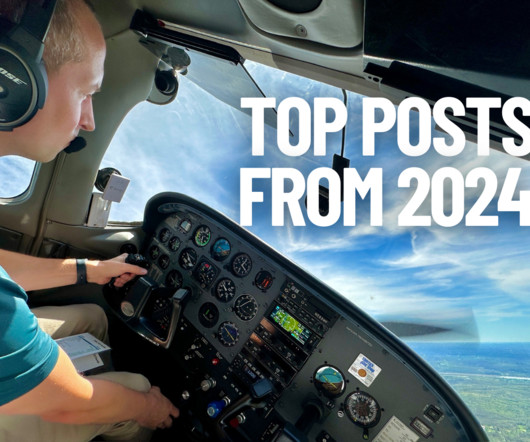
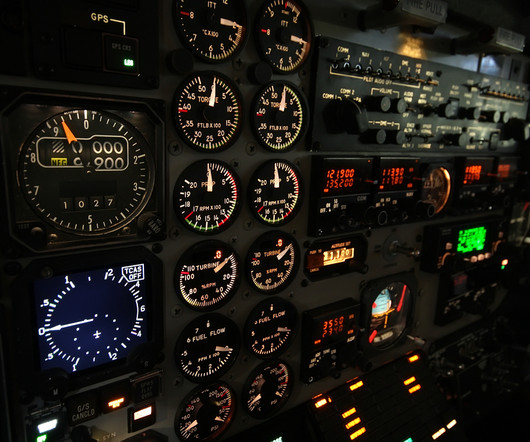

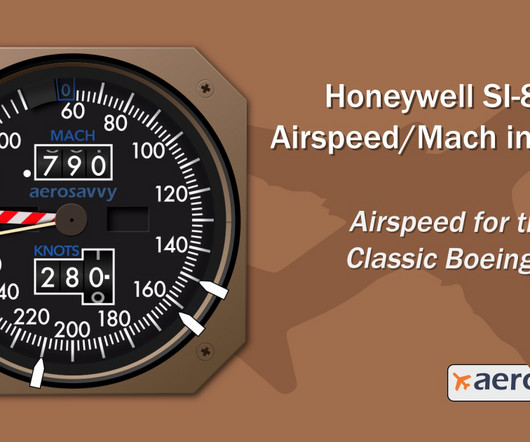
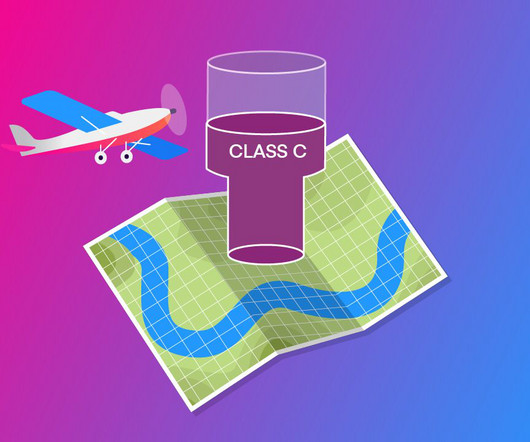




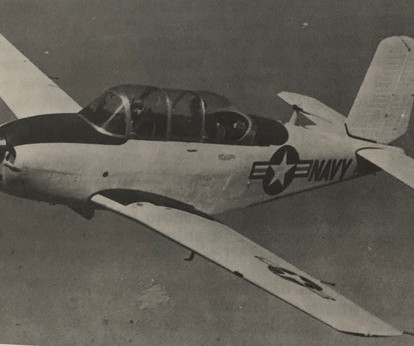
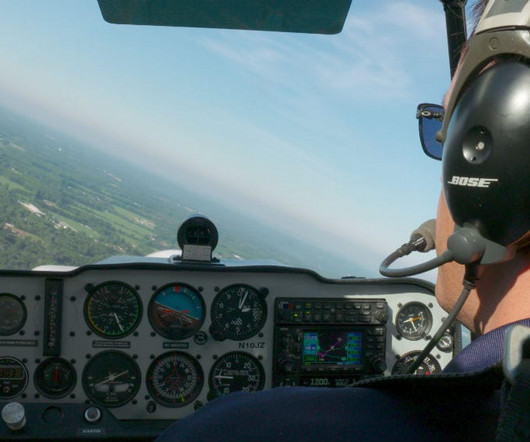






Let's personalize your content